Tilleke Schwarz: From conception to creation
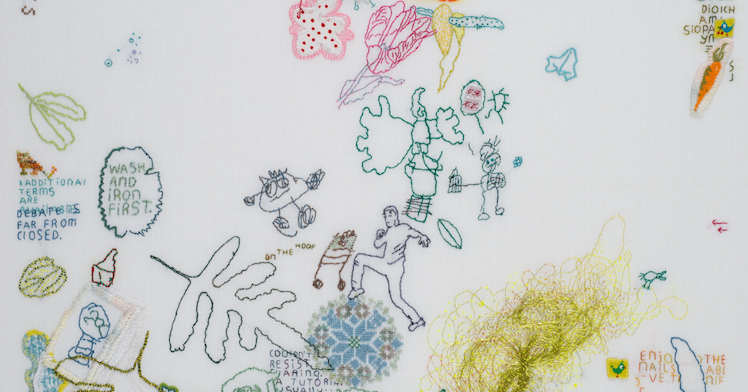
Tilleke Schwarz makes fine hand embroidered work which contains images, texts, and traditional items. Typical of her unique work is the poetic character; a result of combining content, lively composition and sensitive, subtle use of colour.
Tilleke studied General Arts and Textile Design at the Academy for Arts and Industry, Enschede and Textile-experiments and painting at the Free Academy for Modern Art, The Hague, both in The Netherlands. Her work has traveled all over the world, from Friesian Museum and Museum Rijswijk in the Netherlands to the Museum of Arts & Design, New York, USA. Her work has been published in numerous books and magazines and has won several prizes.
In this interview, which is part of our From Conception to Creation series, we take a closer look at ‘On the hoof’. From a humble, perhaps unconventional beginning to the thought provoking end result, Tilleke guides us through her working process. We learn what drives and inspires her and practically how she eventually get’s the job done.
Name of piece: On the hoof
Year of piece: 2015
Size of piece: 69 x 60 cm.
Materials used: Cotton, silk and metallic threads on 50 count lines
Techniques/methods used: Hand embroidery
The oddities of our modern society
TextileArtist.org: What research did you do before you started to make?
Tilleke Schwarz: My approach is, perhaps, a bit different from most other artists. I never start with a complete plan or concept and I dislike to work with one specific theme. Actually I like to think that my whole body of work (1988 until now) is all part of one large concept: “the oddities of our modern society”. I enjoy combining different items out of their original context so the oddities of our society will show better.
So I am perfectly fine with just a few ideas to start out with. These could be notes, doodles, drawings, cuttings from a book or an image or text downloaded from the internet. I absolutely believe that anything goes as a source for inspiration!
The items I select somehow “speak to me” because I find them interesting, moving, intriguing or surprising. Usually I select only part of my collection of items and will find more while working. Creating a new work takes about 4 to 6 months, so that gives me plenty of time to find new additions. I know most people are taught to start from a concept, do some research and make a basic design. But I prefer not to do so, as I enjoy to develop a new piece slowly. That way it becomes a kind of a challenge for me, my personal embroidery adventure.
During my teaching about how to design one’s own work, I discovered that some students find my approach very liberating and others find it confusing. For students who are more happy with a bit of structure and planning I have developed a beginning, with a basic composition that still allows some freedom to add items while working.
‘On the hoof’
Well that is my general story now a bit more about this particular work. The title ‘On the hoof’ was found at the bottom of the emails from Adriano Digaudio (MMU). I fancied him on a white horse but did not include the horse.
A major item in ‘On the hoof’ is an image of a Saint Bernard dog with the text “Missing Tzou”, found yeah!”. During my teaching time at Maiwa in Vancouver, their huge family dog, named Tzou, got lost. The owners put a lot of effort in finding their lovely dog again. They were on local television and signposted messages everywhere. Luckily the dog was found within a day and everybody was very happy and the owners wrote “found Yeah!” on all the messages on the wall. This was quite moving and I saved one of these messages, which became my starting point.
Here’s another example of how I work. I saw an interesting painting by Picabia and loved the way the leaves were spread all over the image. So I decided to add the outline of leaves to my work. I used some leaves from my garden by simply photocopying the leaves and using the outlines of these images.
Dinosaurs and Cats
Tradition is wonderful and . . . useful! Every country has a tradition that can inspire. Some countries are famous for their textiles, others for ceramics, music and poetry. I am for instance inspired by the Dutch sampler tradition and often include traditional cross stitch patterns in my work. For instance; the prehistoric tyrannosaurus-rex is covered with traditional birds. For this pattern I have used a fine multi-coloured, single stranded silk thread, Tentakulum often known as Painters thread. On the right you see a cross stitch flower pattern from Turkey, which I stitched upside down. The other image shows a detailed sampler pattern from the Vierlanden area in Germany.
My main muze is our cat Vosje II. Almost all my work include a few cats. For instance a cross stitch cat and a cat based on my drawing, covered with cloth and a text stitched on top (quotes from a MMU disclaimer). Sadly Vosje died recently and we have now a male kitten, named Tom.
“Disclaimers”
I always like to include texts in my work. They add content and meaning and also a graphic element. For instance some details from a Bladder infection test, a line from an Irish folk song and information about the Big Bang on the internet. I adore “disclaimers”. In the past I have incorporated a disclaimer by the Embroiderers Guild stating that they are not responsible etc. In Fisk you’ll find an email quote, stating that the addressee is out of office in the Welsh language. I combined the this text with a big fish. So it looks like the fish is out of office.
I love flowers and always have fresh flowers in our living room. So that is why a lot of my works contain flowers. I enjoy adding them in different techniques.
As you will understand by now, there is a reason for every item In my work. But it will take too long to explain everything I have included.
Getting started
Was there any other preparatory work?
The main decision at the start is to choose what colour my cloth will be. My favorite linen comes only in white. So if I need a coloured background I have to dye this material. Dying is quite a special skill. So I make it fairly easy and buy a good quality of dye, usually Procion, and go by the instructions of the factory. For ‘On the hoof’ I choose to start out with the white background, so no dying was needed. I always start with a large piece of cloth, so I will have plenty material left for a border and to finish the work. For ‘On the hoof’ I started out with a piece of linen of 90 x 100 cm. The final work is 69 x 60 cm. including a border, so the stitched part is 56 x 49 cm. Before I start to stitch I always make an outline on the cloth in a running stitch to mark the space that I intend to use for my new work. This outline can be in any colour as it will be removed.
What materials were used in the creation of the piece? How did you select them? Where did you source them?
I always use the same 50 count linen, that is produced in Weddigen, Germany. I use different kinds of fine thread for embroidery. This can be either silk, cotton, rayon or metal thread, embroidery floss as well as sewing thread. I prefer even weave linen as I usually add some cross stitches and I like the stitches to be square. I buy threads where ever I can, all over the world. I possess a well organized collection of more than 2000 different colours of thread all neatly stored on colour in boxes. I have previously written an article about this for TextileArtist.org
Recently I like to include small items in the appliqué technique. For this I use tiny scraps of cloth, lace and cloth tags that are being stitched in.
Appliqué is a great technique to speed up the work and adds to the variety in texture.
Watch the composition
What equipment did you use in the creation of the piece and how was it used?
I only use basic sewing equipment, like pins, a needle and scissors. I have the cloth loose in my hand and never use hoops or frames.
My stitching technique is mostly very basic, just running stitches, cross stitches, couching and appliqué. The use of colour by combining different threads is probably less basic.
Take us through the creation of the piece stage by stage.
Sorry, I never make step by step images. I work very free and can start out anywhere on my cloth. At the start I just am focused on the content. However, It is most important to watch the composition while working by taking a step back. So I often pin my work on a soft wall in order to look at it from a distance. This part of the creative process is no different from the approach of other artists for drawings and paintings! So here my general art training is very useful. When a part of my piece is “not working”, it needs to be corrected by either unpicking it or by covering it with some cloth or more stitching. I do not like to do this as it’s very time consuming but sometimes it is absolutely necessary.
A large example of covering up a part of my original work can be seen in my work Rites (1999). Top right is a piece of lace that is covering something underneath. I like that the part beneath the lace still shows a bit. Of course if you do this the covering piece has to be part of the whole composition.
It is always difficult to decide when a piece is finished. But when I find myself unpicking almost as much as adding it is about time to stop. It helps to pin a work for a longer time on a soft wall for one or more weeks and look at it very frequent to decide if it is finished. Needless to say . . it helps to have a soft wall in your studio. But instead you can pin your work on a large sheet and hang the sheet over a door or at the washing line.
What journey has the piece been on since its creation? (Galleries, exhibitions, prizes, sale, reviews etc.)
Most of my work has been exhibited all over the world and has appeared in many books and magazines. However this piece has just been finished and was only on show in the summer of 2015 during my workshop at Shakerag in Sewanee (TN, US). It will participate – however in the 62 group show in 2016 at the Silk museum in Macclesfield (UK) from June 17 till September 3 2016.
I will run a two-day workshop at the Silk museum on September 2 and 3. For more information and to book your place click here: www.62group.org.uk/education.
For more information visit: www.tillekeschwarz.com
Tilleke’s book, New Potatoes, can be ordered via Amazon.co.uk or for a signed copy directly e-mail her directly info@tillekeschwarz.com
Got something to say about the techniques, materials and processes used by this artist – let us know by leaving a comment below.

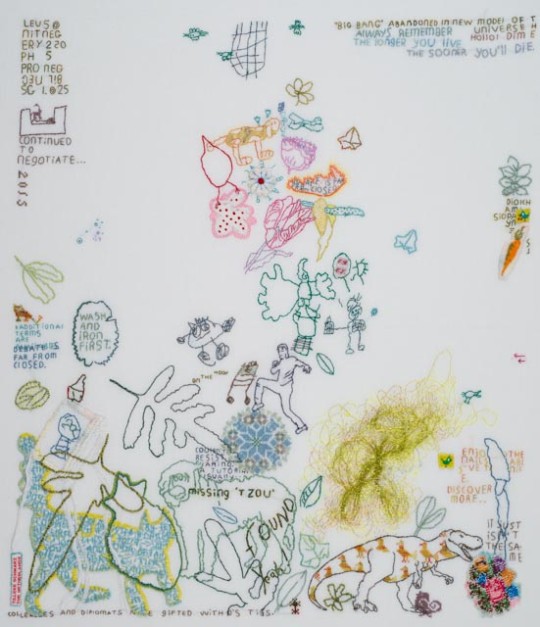

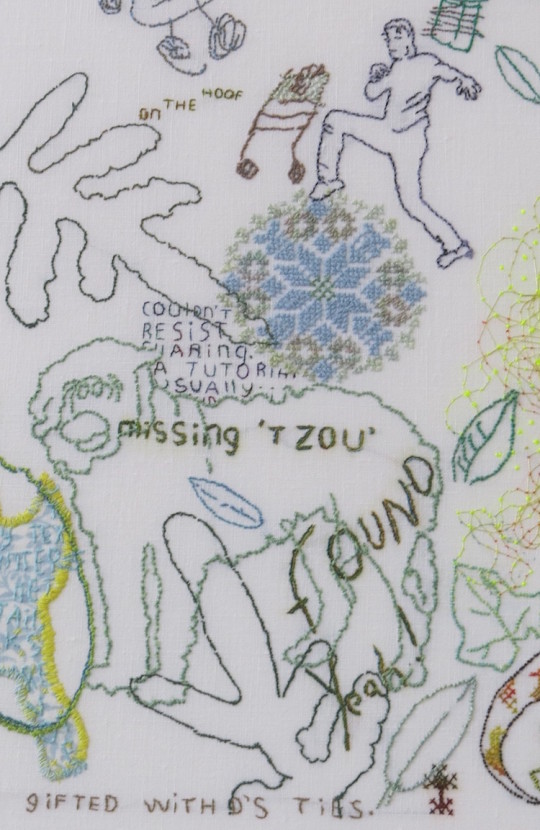
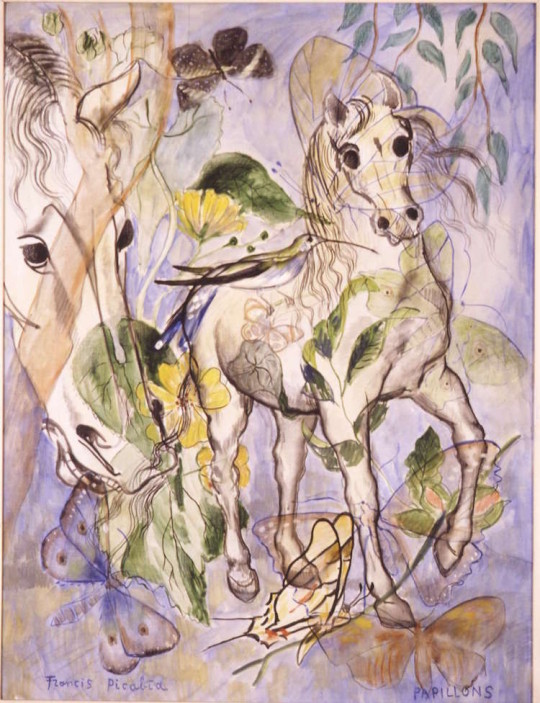
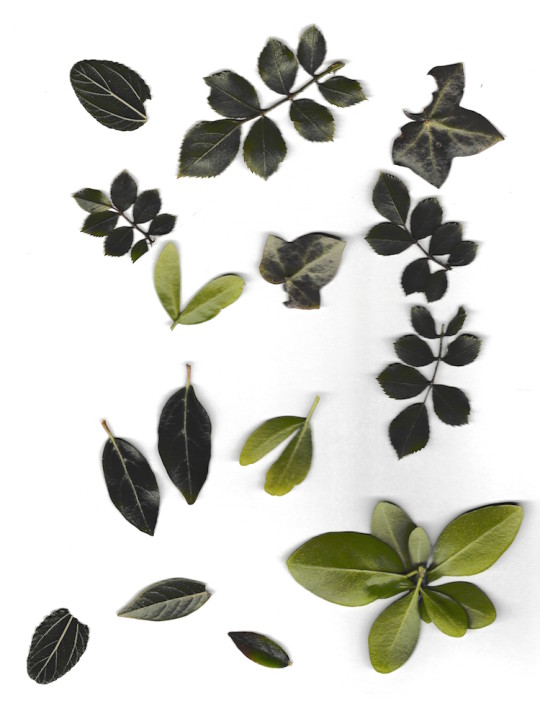
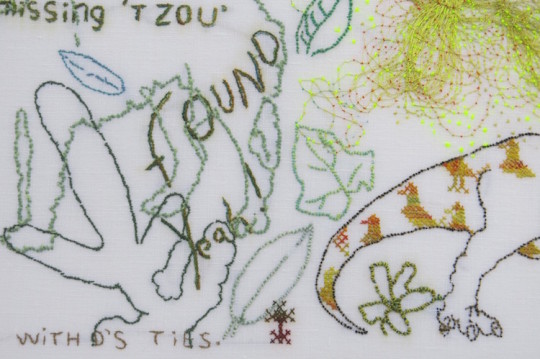
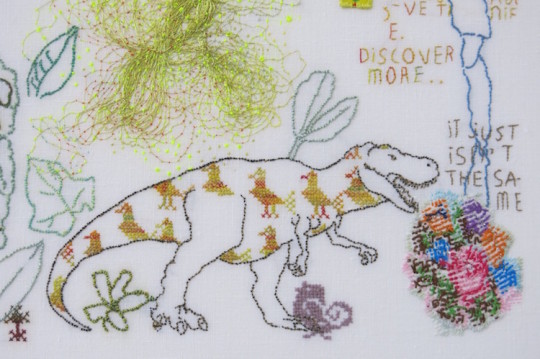
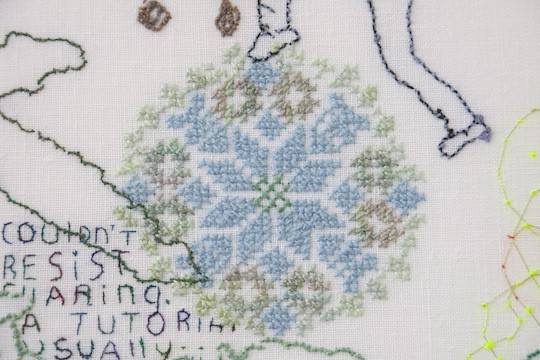
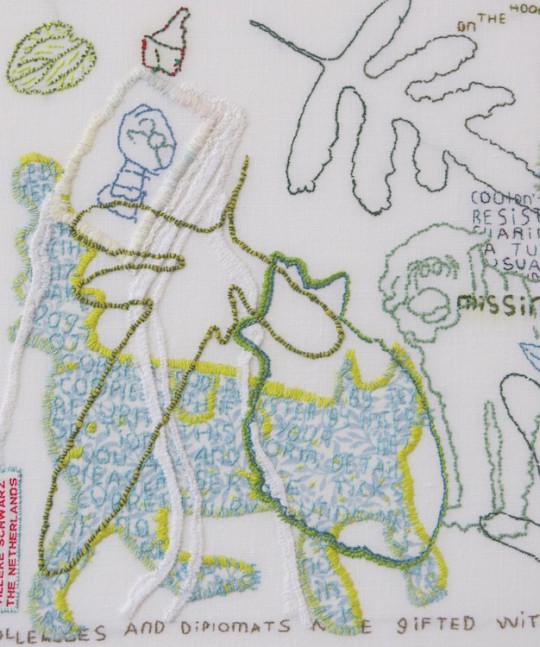
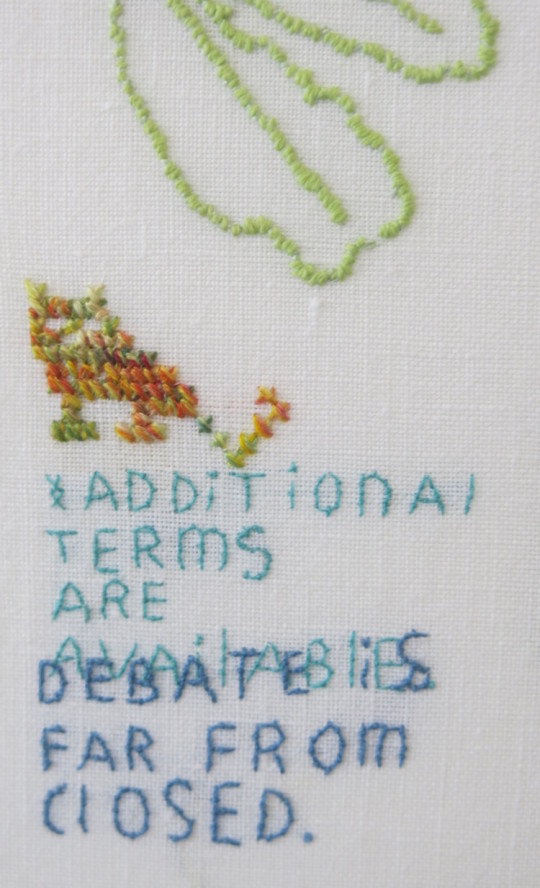
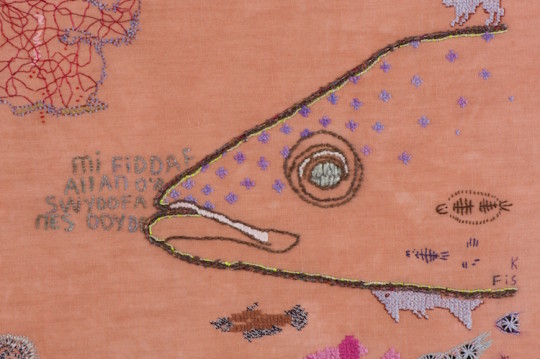
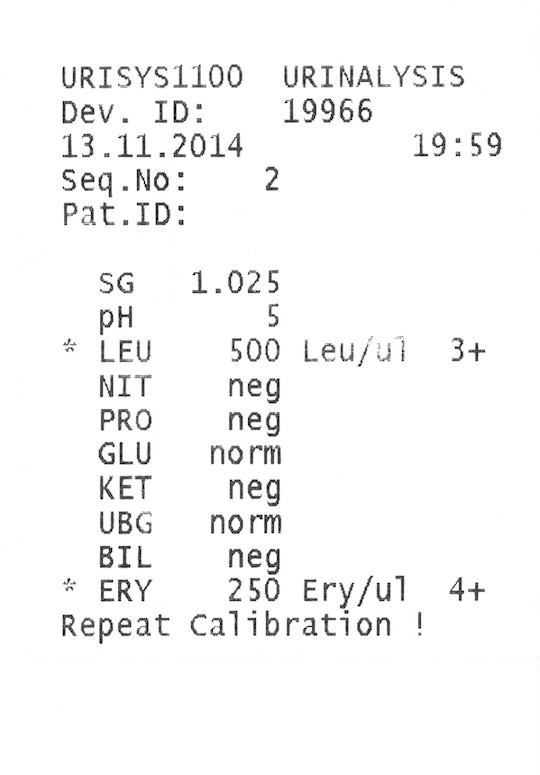
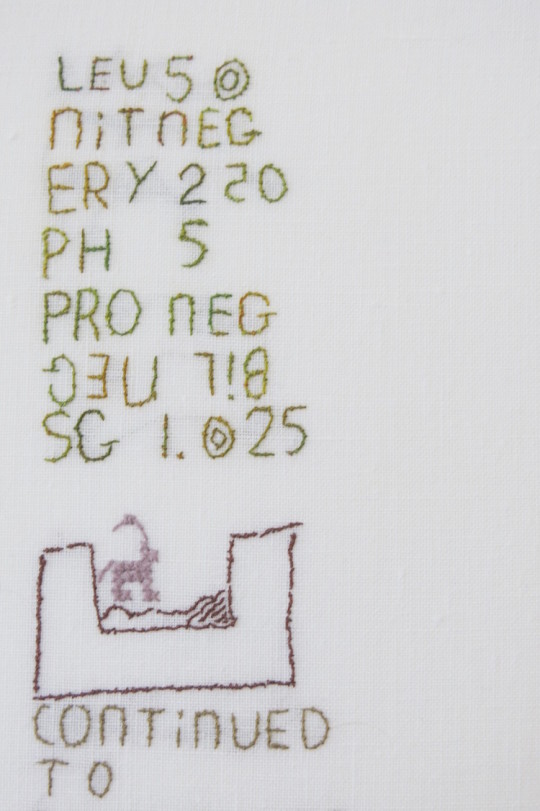
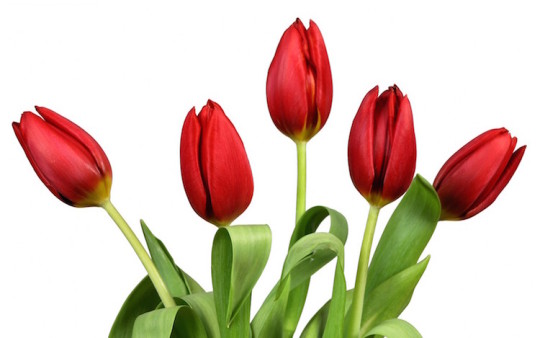
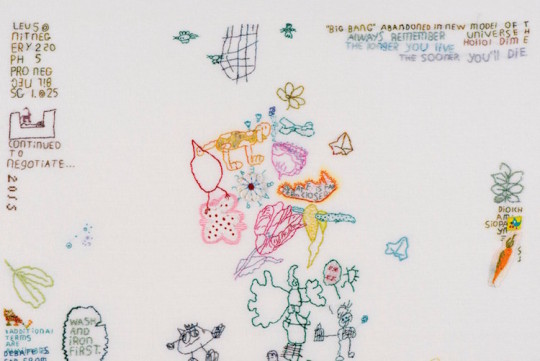
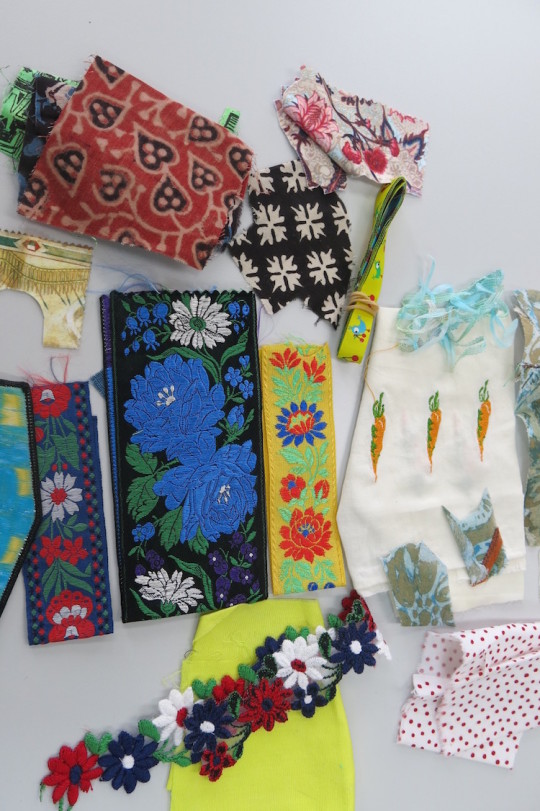
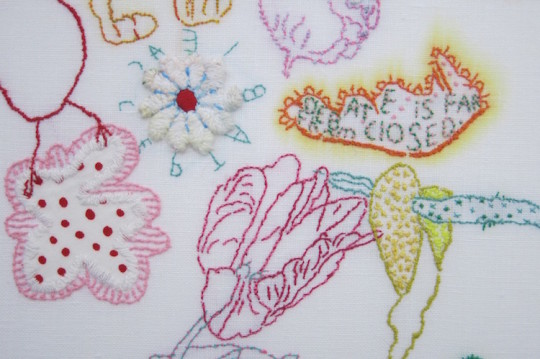
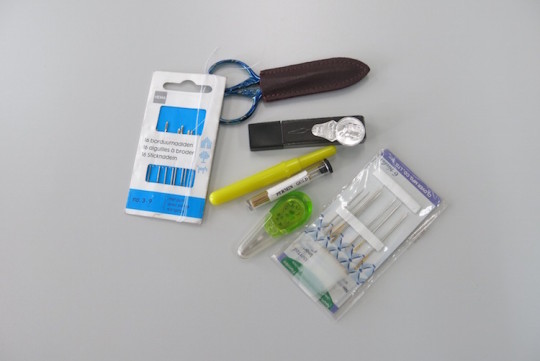
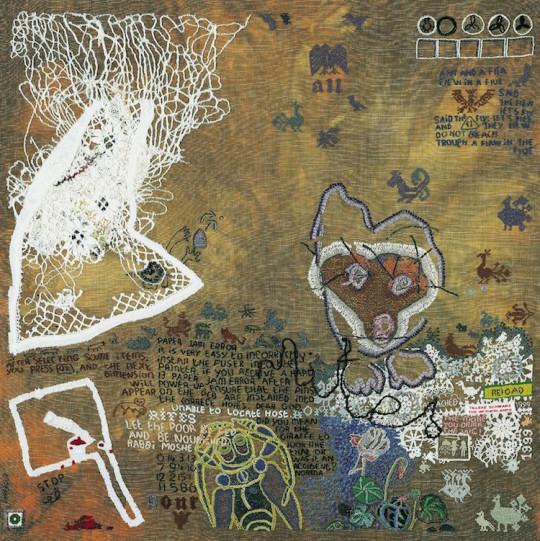
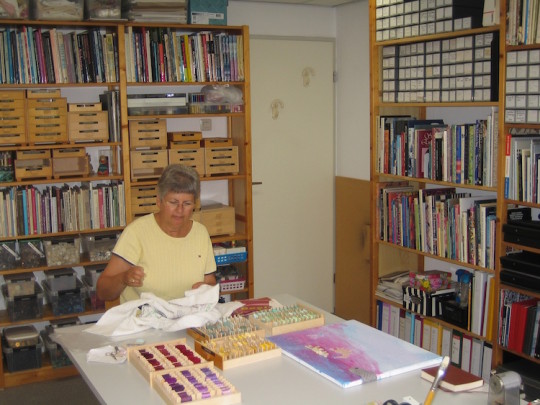
















Thank you for the interview and journey. I love the whimsy of included items random words & phrases.
An embroidered dinosaur is a wonderful take away, such a wonderful collection. Thank you textileartisit.org for bringing this the creative community. I enjoyed.
what methods do you use to finish your work and to hang it?
Thanks for bringing this delightful artist to our attention. She promotes freedom to be random with purpose ! Lovely, lovely, lovely.
I became aware of Tellike here at at Textile Artist, and was so impressed with her work and methodology that I located her and found that she was teaching at Maiwa in Vancouver Canada. I thoroughly enjoyed studying with her. She is amazing.
Thank you for your insights into artists who work with needle, thread and fabric and their work.
You inspire all who read your blog.
Bethcunninghamartist.com